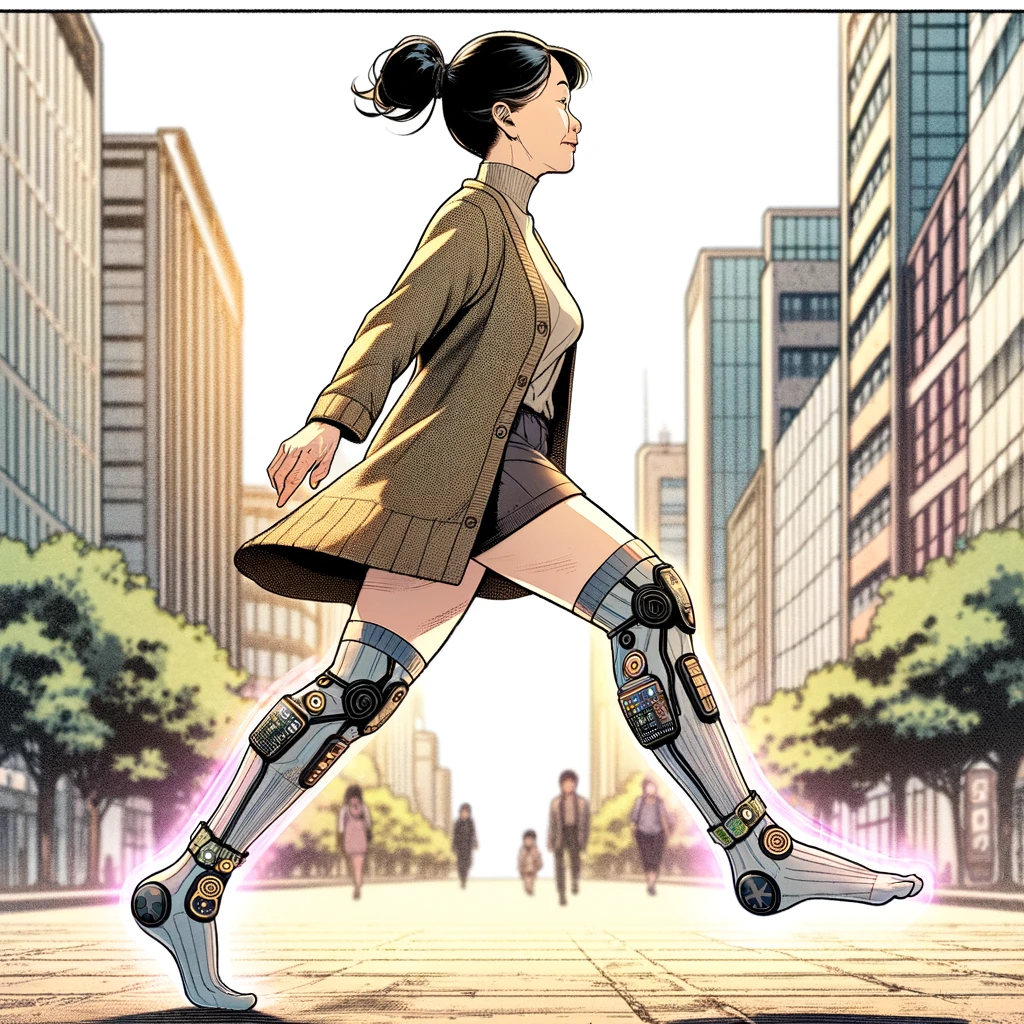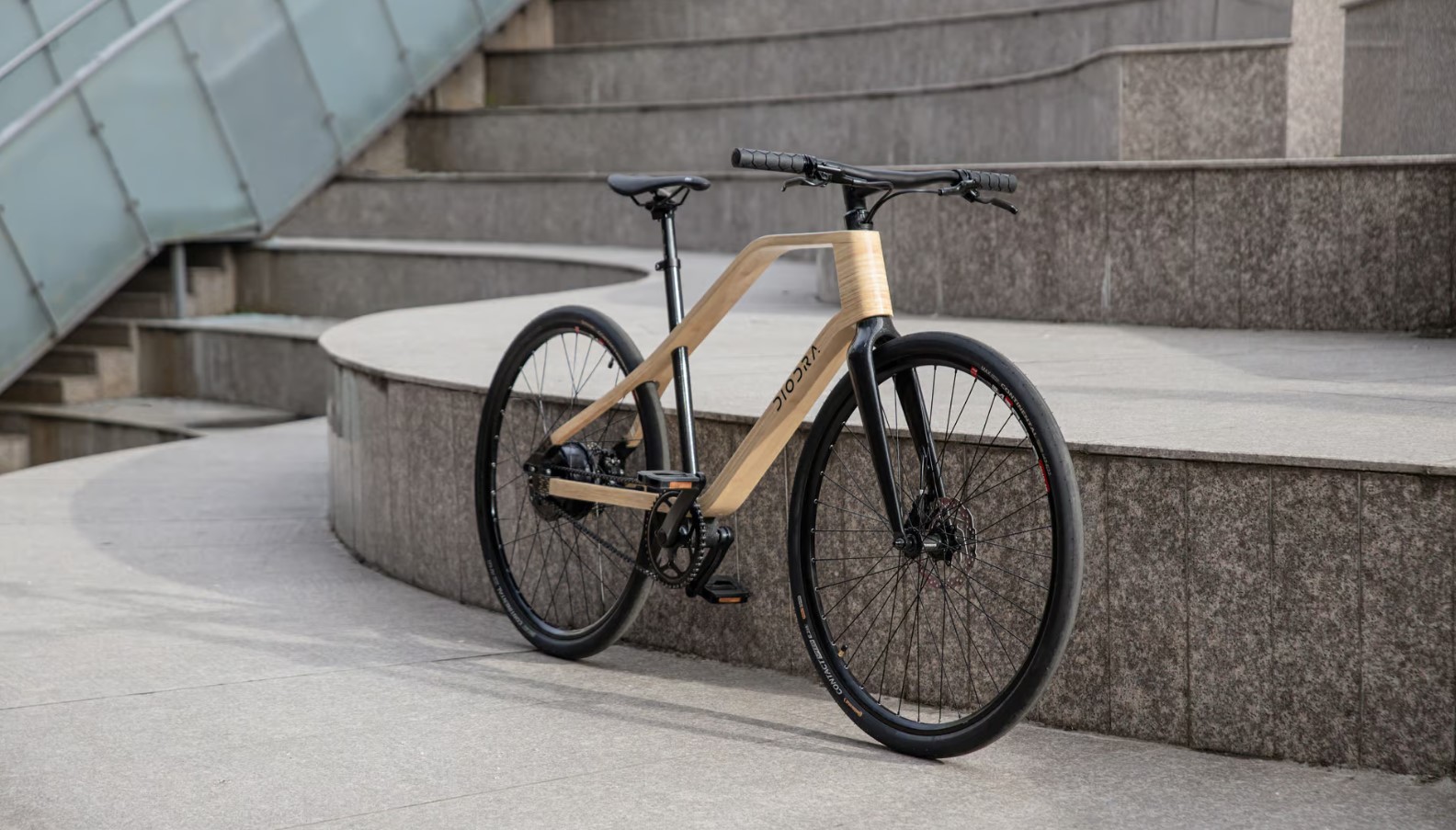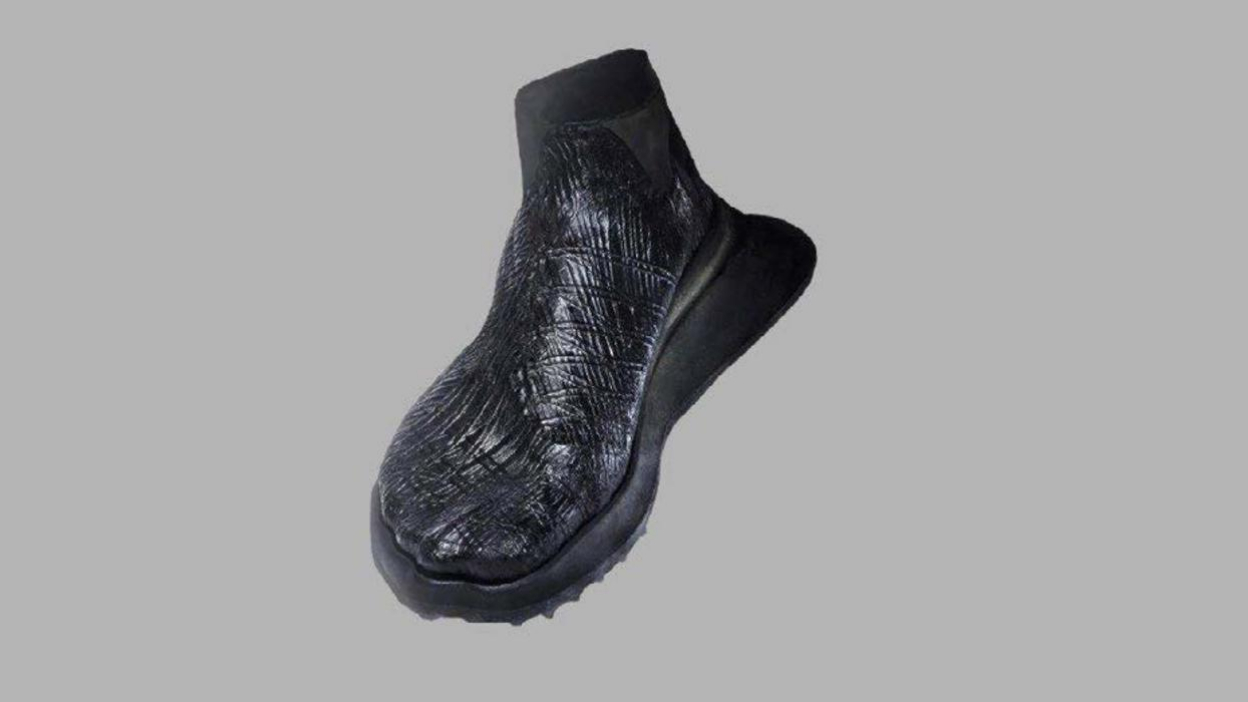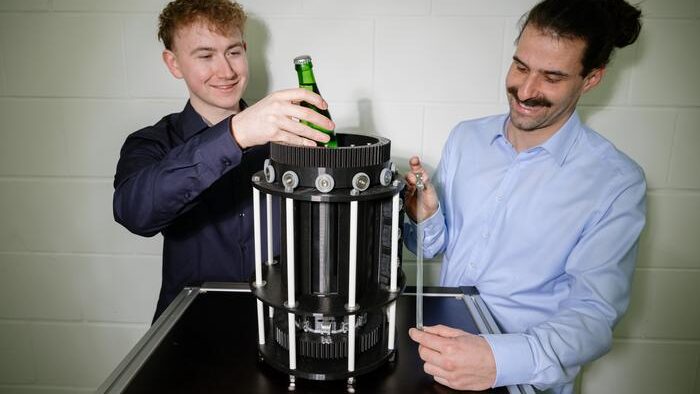From European Society of Cardiology 08/04/24

Berlin, Germany – 7 April 2024: An electronic sock that detects an unhealthy walking style linked with diabetes and poor circulation shows promise for preventing foot ulcers and amputation.
The novel research is set to benefit the many patients with diabetes who have clogged arteries in the legs and is presented for the first time at EHRA 2024, a scientific congress of the European Society of Cardiology (ESC).
Study author Dr. Ki Hong Lee of Chonnam National University Hospital, Gwangju, Republic of Korea said: “Diabetes can affect the way people walk, also known as their gait.”
“Patients with diabetes tend to put pressure on the metatarsal area of the foot, rather than the heel.”
“This way of walking encourages ulcers, which can become infected and lead to amputation.”
“Identifying walking issues early using an electronic sock would enable patients to learn a healthy walking style and prevent serious foot problems.”
Around 1 in 10 people – 537 million in total – have diabetes worldwide, putting them at a two- to four-fold higher risk of coronary artery disease, stroke, heart failure, atrial fibrillation and peripheral artery disease compared to their healthy peers.
Foot problems are common in diabetes.
High blood sugar damages the nerves and blood vessels, with symptoms including numbness, tingling, pain, and loss of feeling.
The symptoms can be difficult to detect in the early stages, meaning that cuts and ulcers may develop and become infected.
The combination of an infection and poor blood flow makes healing difficult and can lead to gangrene and, ultimately, amputation.
This study examined whether a sock fitted with a ballistocardiogram (BCG) sensor could distinguish between healthy people and patients with diabetes.
A BCG detects body motion as the heart ejects blood, and could potentially be used to measure heart rate and pressure exerted on the feet when walking.

The study enrolled 20 patients with diabetes and 20 controls without diabetes.
All participants wore the BCG sock for 40 seconds while standing and 40 seconds while walking to measure heart rate and to assess pressure distribution on the foot.
At the same time as wearing the sock, participants had an electrocardiogram (ECG) assessment of heart rate using a small patch attached to the wrist and a single electrode adhered to the chest.
ECG is the gold standard tool in cardiology for measuring heart rate.
The purpose of the heart rate measurement was to assess the accuracy of the BCG sock as a measurement tool relative to ECG, the gold standard method.
For this analysis, ECG values in each study participant (patients and controls) were compared with BCG values in the same participant.
The researchers found that the heart rate measurements by the BCG sock and ECG were almost the same, with a correlation coefficient of 0.99 (95% confidence interval 0.99-1.00).
The foot pressure distribution measurements were performed to discover whether the BCG sock could 1) detect differences between patients with diabetes and healthy controls, and 2) detect differences between patients with diabetes according to whether or not they had damage to the nerves or blood vessels.

Nerve damage was classified using the Michigan Neuropathy Screening Instrument (MNSI), while blood vessel damage was classified using the ankle-brachial index (ABI).
Regarding the BCG comparison between patients and healthy controls, this showed that patients with diabetes exerted higher pressure in the metatarsal area of the foot while walking compared to participants without diabetes.
For the BCG comparison between patients with diabetes, the researchers found that compared to patients without blood vessel damage (ABI score of 0.9 or higher), those with blood vessel damage (ABI score less than 0.9) exerted significantly greater pressure on the metatarsal area of the foot during walking and less pressure on the heel.
There was no significant difference in foot pressure distribution measurements between patients with or without nerve damage.
Dr. Lee said: “The novel BCG sock produced accurate measurements of heart rate as indicated by the nearly identical values as ECG.”
“The pressure measurements showed that the sock could identify patients with diabetes, and could also pinpoint patients with diabetes and poor circulation.”
“Taken together, the results suggest that the electronic sock could be an easy, non-invasive way to find patients with diabetes who could benefit from gait training to prevent foot complications.”
More info
https://esc365.escardio.org/EHRA-Congress/sessions/10131
https://www.cnuh.com/cnuh_eng/main.cs












